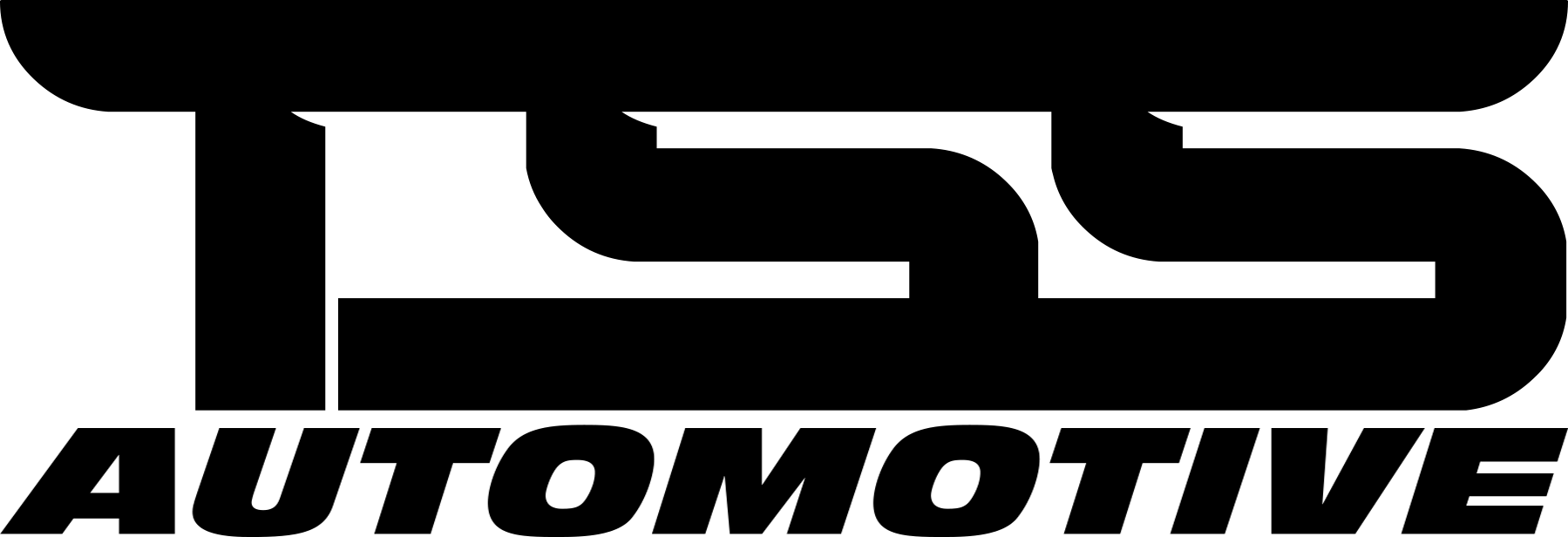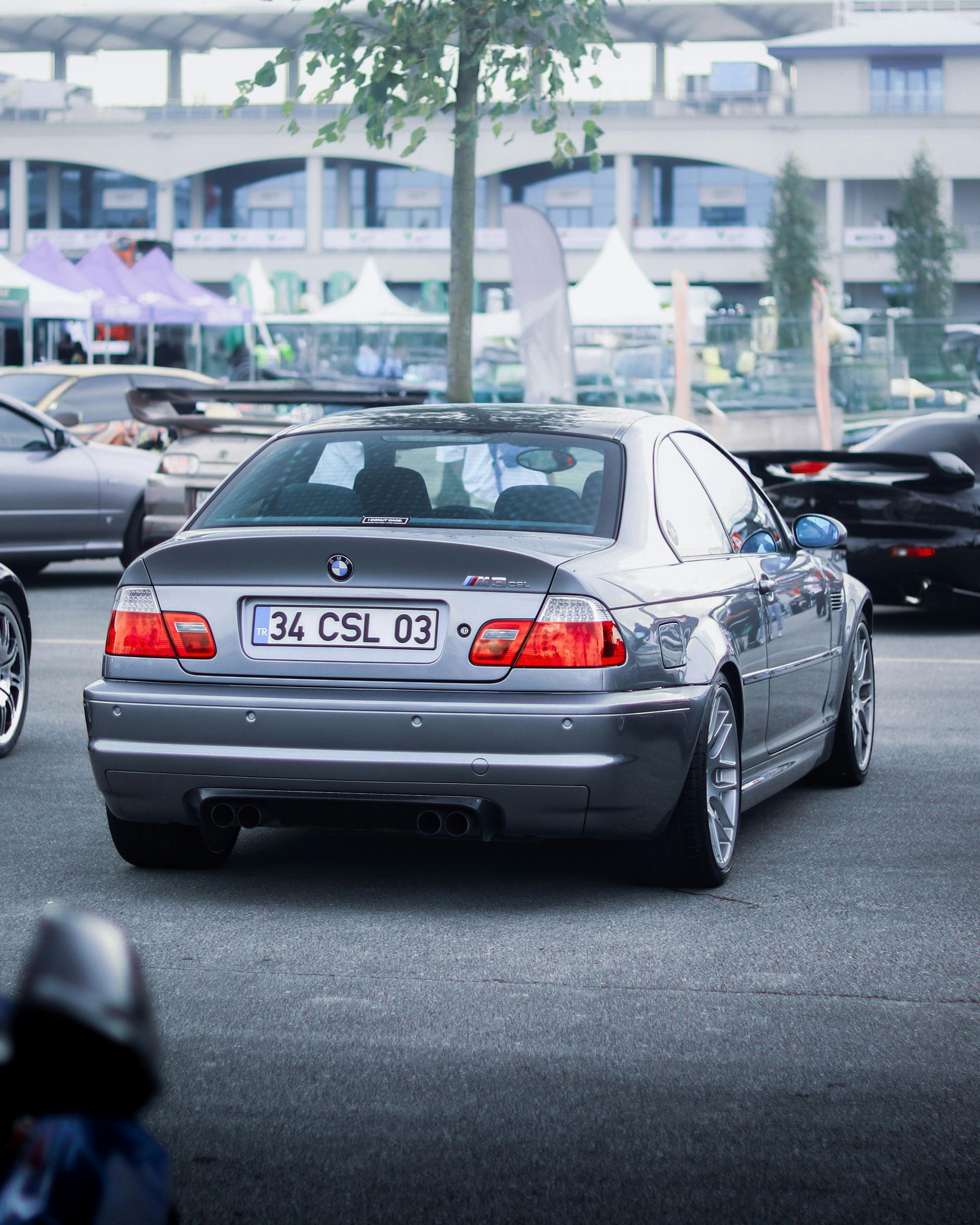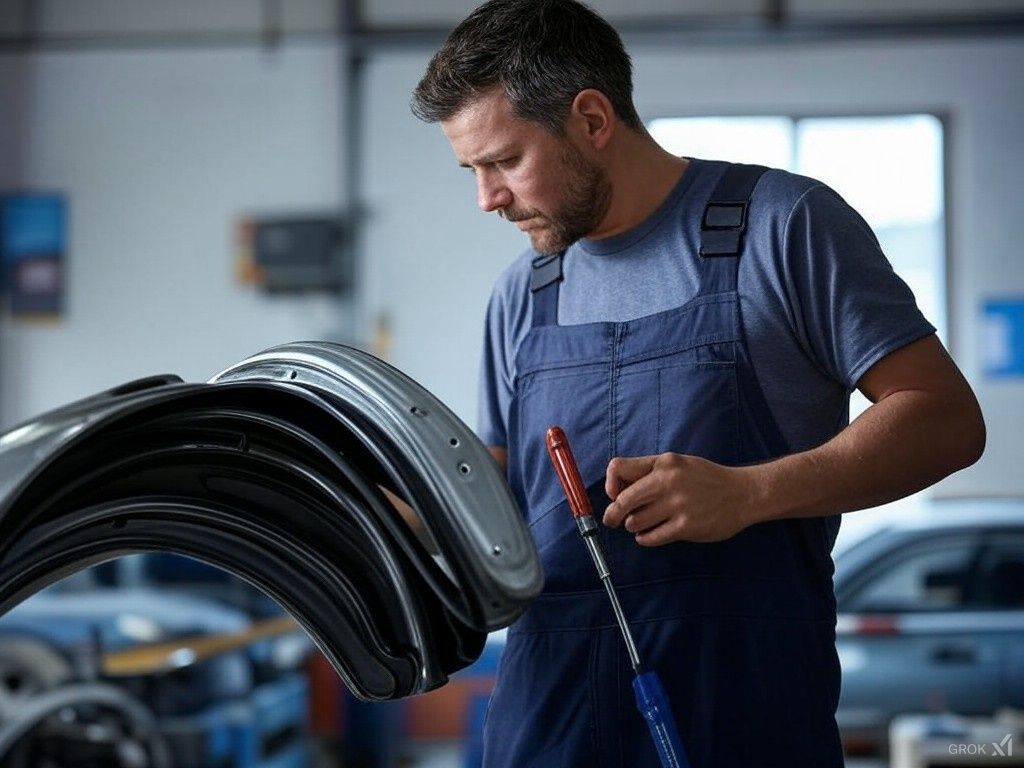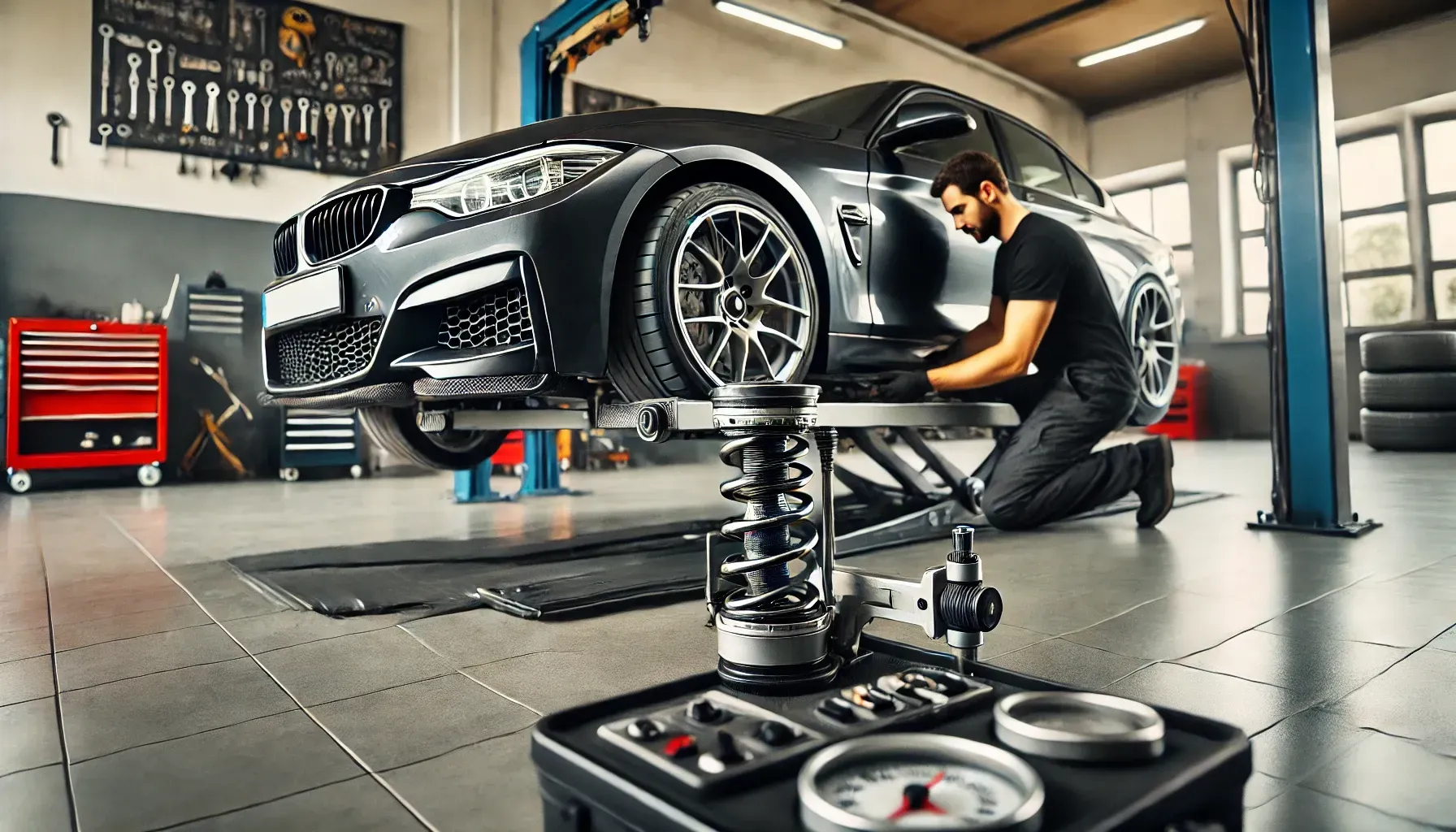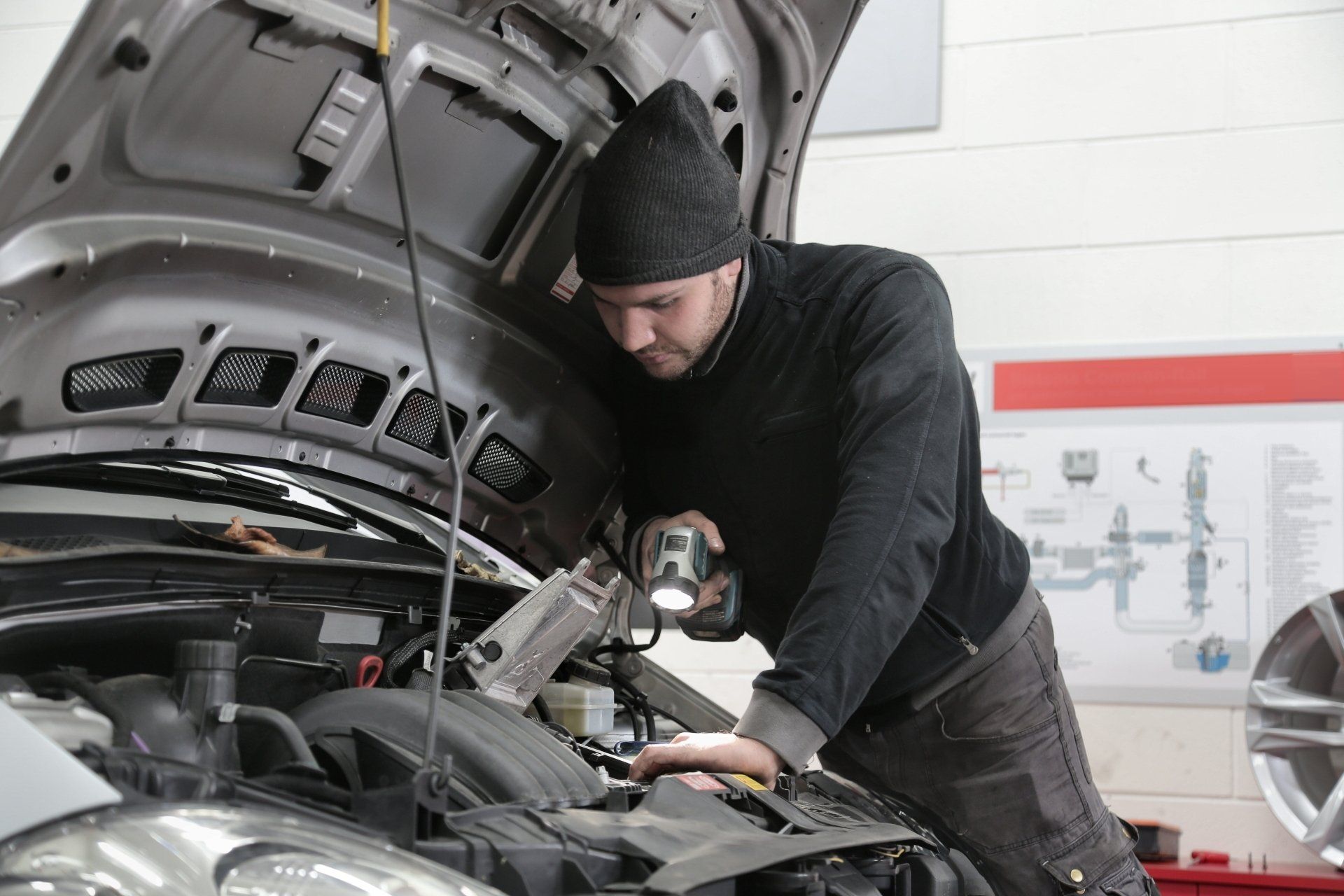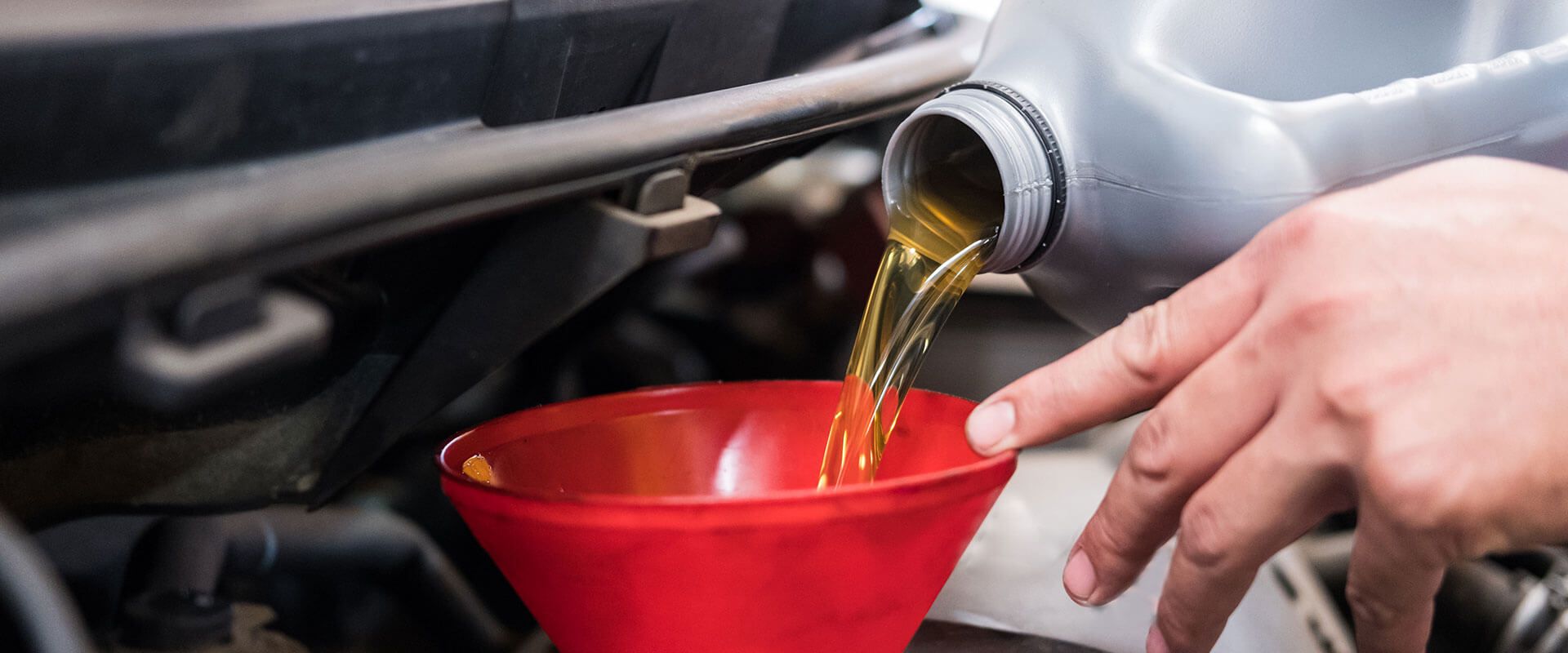The Importance of Regular Wheel Alignments: Keeping Your Vehicle Safe and Efficient
At TSS Auto in Richmond, BC, we understand the critical role that wheel alignments play in maintaining your vehicle's performance and safety. Regular alignments are essential not just for extending the life of your tires, but also for ensuring your vehicle handles well and operates efficiently. In this post, we'll delve into the intricacies of wheel alignments, explaining why they are necessary, how they benefit your vehicle, and what you can expect when you bring your car to TSS Auto for an alignment service.
What is a Wheel Alignment?
A wheel alignment involves adjusting the angles of your vehicle's wheels to the manufacturer's specifications. This process ensures that the wheels are perpendicular to the ground and parallel to each other, promoting even tire wear and optimal vehicle handling. At TSS Auto in Richmond, BC, our skilled technicians use state-of-the-art alignment equipment to achieve precise adjustments, providing you with a smoother and safer driving experience.
Why Are Wheel Alignments Important?
- Tire Longevity: Misaligned wheels cause uneven tire wear, which can significantly shorten the lifespan of your tires. Regular alignments ensure that your tires wear evenly, helping you get the most out of your investment.
- Improved Fuel Efficiency: When your wheels are properly aligned, your vehicle experiences less rolling resistance. This means your engine doesn't have to work as hard to move the car, resulting in better fuel economy.
- Enhanced Handling and Safety: Proper alignment ensures that your vehicle handles as it should, reducing the risk of accidents. You'll notice improved steering response, better stability, and overall safer driving conditions.
- Reduced Wear and Tear: Misalignment can put additional stress on your vehicle's suspension and steering components. Regular alignments help to mitigate this stress, prolonging the life of these critical parts and reducing the likelihood of costly repairs down the road.
Signs Your Vehicle Needs an Alignment
It's crucial to recognize the signs that your vehicle may need an alignment. If you notice any of the following symptoms, it's time to visit TSS Auto in Richmond, BC:
- Uneven or rapid tire wear
- The steering wheel is off-center when driving straight
- Vehicle pulls to one side
- Vibrations in the steering wheel
- Noisy steering
Our Alignment Process at TSS Auto
When you bring your vehicle to TSS Auto for an alignment, you can expect a thorough and meticulous service. Here's what our process involves:
- Initial Inspection: Our technicians will first inspect your tires and suspension components to identify any underlying issues that could affect the alignment.
- Computerized Alignment Check: Using advanced alignment equipment, we will measure the current alignment settings of your vehicle.
- Adjustments: Based on the measurements, we will adjust the angles of the wheels to align them with the manufacturer's specifications. This includes adjustments to the camber, caster, and toe angles.
- Test Drive: After the alignment, we will perform a test drive to ensure everything is functioning correctly and that the vehicle handles properly.
- Final Check: We will provide you with a detailed report of the alignment, including before and after measurements, so you can see the improvements made.
Benefits of Choosing TSS Auto for Your Alignment Needs
At TSS Auto in Richmond, BC, we pride ourselves on delivering top-notch alignment services. Here are some reasons why you should choose us:
- Experienced Technicians: Our team consists of highly skilled and certified technicians with extensive experience in wheel alignments.
- State-of-the-Art Equipment: We use the latest alignment technology to ensure precise and accurate adjustments.
- Customer-Centric Approach: We value our customers and strive to provide excellent service, transparent communication, and competitive pricing.
- Convenient Location: Located in Richmond, BC, we are easily accessible and committed to serving our community with the highest standards of automotive care.
Regular wheel alignments are crucial for maintaining the performance, safety, and efficiency of your vehicle. At TSS Auto in Richmond, BC, we are dedicated to providing expert alignment services that keep your car running smoothly and safely. Don't wait until you notice a problem—schedule your alignment with us today and experience the TSS Auto difference.


